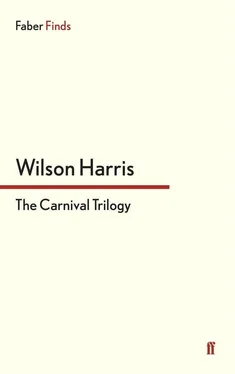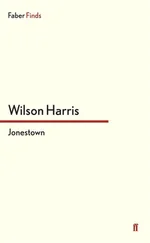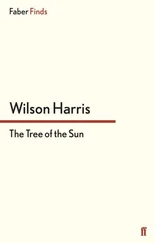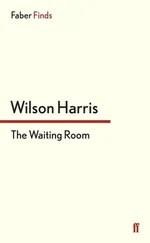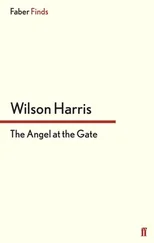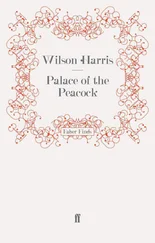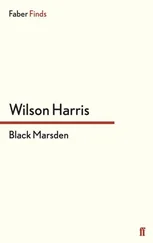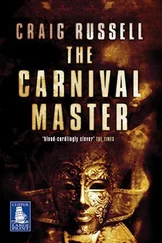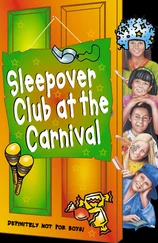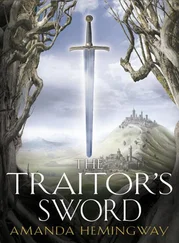After ten years I possessed the rudiments of a stage-discharge curve sloping upwards from left to right as shown below and this was identical with (one sees now) the diagrammatic voice of the flute (see page 45) rising from the first to the second rung and from the third to the fourth in the ladder of space. In crossing the subtle abyss from the second to the third the voice of the flute maintained the same curve in reversed direction.
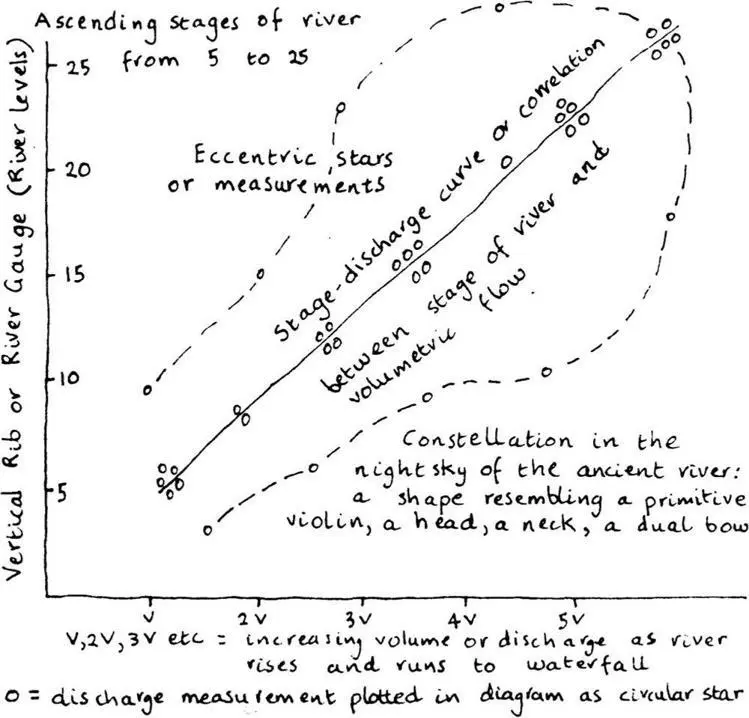
Music and numbers were (one sees it now) a revelation of a fluid skeleton, a ribbed body, to be associated with the flesh of the elements, the smooth flesh of water, the spark and the animal magnetism within the anatomy and the blood of ancient streams upon which many cultures had survived and above which they buried their dead in mounds and hills. Our antecedents from all races and peoples glimpsed that skeleton as they wrestled with floods and droughts, plenty and scarcity, from times immemorial, antecedents we also glimpse in the nightsky of the ancient river through the seed of moral legend, moral theatre that they sowed, primitive constellation and metamorphoses of the voice of the flute … Primitive antecedent. Intimate refugee.
The vertical rib in the diagram was a record of river levels in the fossil or bone-pulse of our ancestors. The horizontal ancestral rib was marked to imply a multiplying volume of flow as the river rose and ran into the Waterfall. The initial volume becomes dual, triple, etc., in a library of carnival science. The small circular stars are plucked from that library to give the values of volumetric flow observed with quantum current meters as the river rose and fell, rose and fell again and again across the years. A sufficiency of close agreement or accord between the stars permitted me to trace a stage-discharge rib or curve in the river’s fluid skeleton. The eccentric stars that flew off above or below that rib provided an implicit nightsky or constellation in the river, a primitive violin in league with the diagrammatic voice of the flute, a dual bow, a heart, a head and a neck. It was but a glimpse into a library of illustrated dream within a theatre of science I had not realized then within the mid-twentieth century but perceived now.
That glimpse empowered my pilgrimage upwards in space yet backwards in time within the Carnival Day of the twentieth century. The glimpse became a key into cross-cultural capacity to bear the dual, triple (sometimes self-reversible) content of some of the greatest myths of survival in the body of humanity.
If there is such a mantle as ‘carnival heir of civilizations’ which one shares with others in a time of peril then one must kneel and pluck the carnival rib from the river’s side as darkness threatens to fall and encompass one’s mind and the world appears to slip away from one’s grasp. One plucks that rib as the foundation stone of an Imaginary Cathedral. The grave on the hillside is close to the burnt El Dorado Mission House that Penelope and Ross George occupied when they worked in the Potaro. It is fitting therefore to see the Cathedral encompassing both sites and arising now in my innermost library from dancing bone and fire to the music of the flute and the violin in the Waterfall. I arose from my knees with the magic rib. The music of recall, the music of solid soul, was so faint and strange and heartrending that it was a shock, the shock of terror and beauty, to see Penelope and Ross standing in the doorway of the Cathedral as if the long Day of the twentieth century were inscribed into the very day that the king of thieves had presided over the burial of the dead. It was as if their dinner invitation to me that day which I had been unable to accept remained nevertheless suspended in time within the Imaginary Theatre of a century that I was building. Such is the comedy of dreams. I dreamt I was meeting them for the first time on the second bank of the river of space whereas we had spoken not long before in the old, remembered Mission House.
Now, however, this was a Cathedral and I saw them as the last missionaries in South America but the first reluctant guardians of the fire and the bone, the fire and the bread, the food of the world, on which we were about to sup. It was as if we were involved in a contract to conserve the resources of the earth and the sky, a contract between missionary queen of threatened El Dorado and every unconscious suitor in the womb of space and time who may be seduced by power or prosperity to waste her substance.
Now it was as if they came forward to greet me as warmly as they would have done had I accepted their hospitality so long ago. Penelope was smiling the half-crooked enchanting smile I knew so well and Ross had his hand outstretched toward me. They had returned to England from South America in 1966 or thereabouts, had retired and died in the early 1980s. I had never travelled from Essex to Kent to visit them but we had kept in touch by letter.
The El Dorado Mission House in which they had lived for many crucial years had been abandoned after their departure. Canaima of the Macusi tribe had set it on fire soon after they left, when pictures appeared in the popular press of a child dying of starvation. No one had dared to touch the blackened shell of a Mission House until I perceived it in my Imaginary City of God as a museum loaf of bread within the fast of memory upon which transubstantial love floats up from the first bank to the second bank of the river of space. Transubstantial bread I could at last break with Penelope and Ross into parallel lives (parallel life and death as well) in the refectory of the Cathedral.
Despite the warmth of their greeting I hesitated, drew back, a little uncertain whether it would all vanish into nothingness, the entire scene, the Imaginary Theatre, everything that I visualized. I clung to the genesis of hope in cross-cultural community around the globe, the solemn occasion, one’s entry into the first post-colonial, post-Christendom Cathedral on earth, as if I were about to receive a blessing from the last missionaries from Europe into Central and South America. I clung to the Cathedral I was building within myself on the ruins of an English Mission House, ruins of real/unreal cities in the compositional fabric of the elements.
What does one mean by ‘last missionaries’ within the long Day of the twentieth century? Had there not been last governors, last governor-generals , etc., etc., of Spanish empires within the long Day of the nineteenth century? No one had truly visualized what the ‘last’ meant. The last was as much an ironic statistic as the first in the archives of chameleon politics. Would there come a moment when a chameleon newspaper would carry a vast headline, THE LAST CHILD STARVES TO DEATH. STARVATION ENDS. THE LAST BATTLE FOUGHT. WAR ENDS.
I knew it appeared absurd. And yet within such absurdities may lie a reflection of terrifying truth. Unless one visualizes the impossible last descendant in the lineage of the tormented in every sphere one cannot do justice to the masses who have perished without a trace of self-recognition of their ancestry of spirit … In the last tormented may lie the fullest, truest, everlasting poignancy of the changed or changing heart of Man within the kingdom of heaven. For the last tormented suggests (or should suggest) something more than a harrowing transition from pain (the ancestral pain of the last child who starves to death) to a museum cradle, a museum refinement, a museum skeleton, a museum bone. For if one were to settle absolutely for the pains of starvation — absolutely for a museum refinement or sublimation of starvation when starvation seems a thing of the past — then one would have imprisoned oneself in one or the other false eternity and eclipsed the genuine mystery of parallel thresholds into sustaining otherness, parallel pain and release from pain, by which the architect in the City of God animates a gulf, an abyss, yet a crossing between the lack of food, on one hand, the meaningless bounty of food, on the other …
Читать дальше
